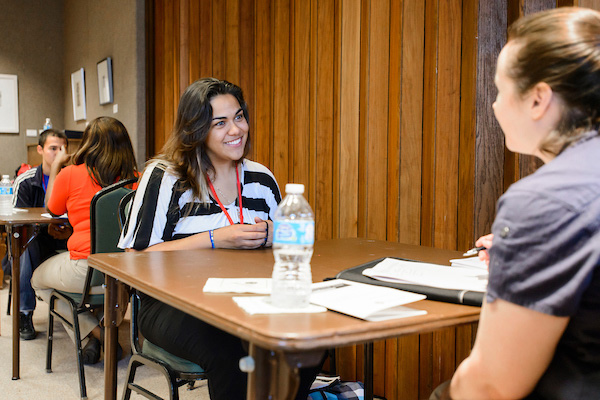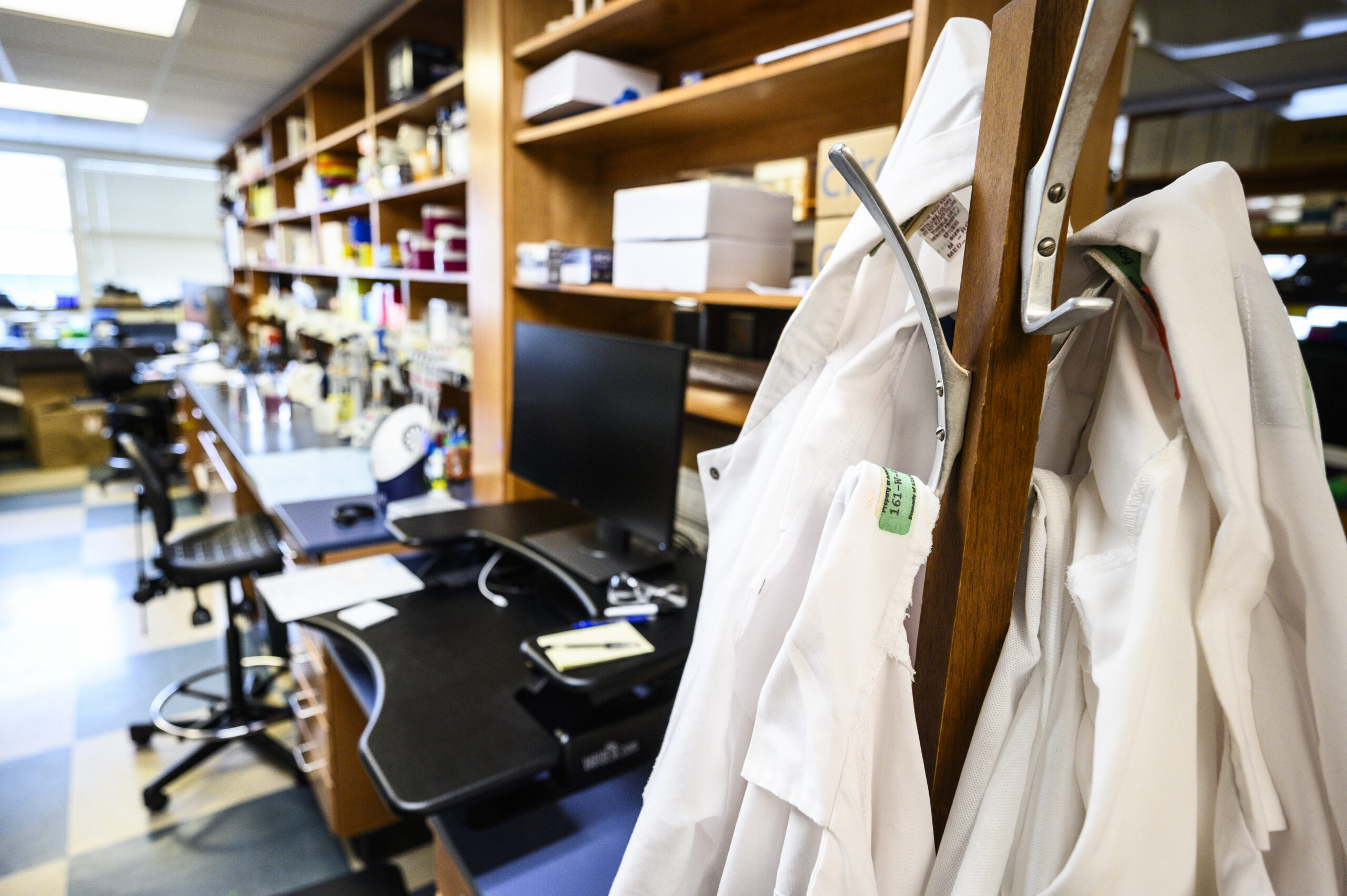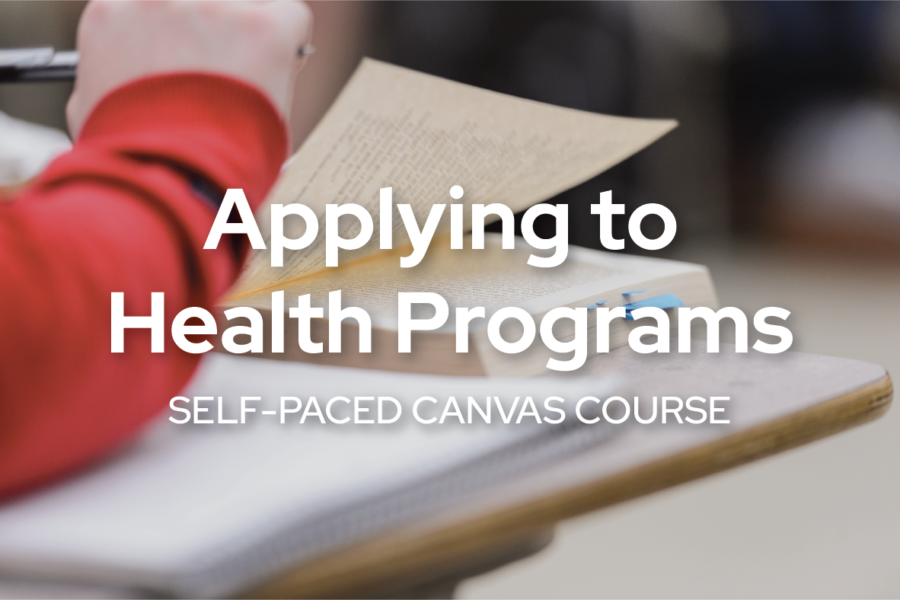About Medical Illustration
Medical illustration is a highly specialized field that demands advanced medical and scientific knowledge and skills for solving visual communication problems. Medical illustrators create communication tools in a variety of media for a wide range of audiences, from highly educated biomedical professionals to the lay public.
Medical illustrators create images for textbooks, journal articles, user experience design, animations, molecular simulation, game design, and virtual reality applications.
Note: UW-Madison does not offer a program in Medical Illustration. While this field is not among CPHA’s primary areas of advising expertise, we are here to support you in exploring the career, building helpful experiences, and navigating some aspects of professional program applications. Talk with us if you have questions!
Explore Your Interest in Medical Illustration
Shadowing & Informational Interviewing
Follow The Association of Medical Illustrators on LinkedIn to connect with medical illustrators and learn more about the field! Send a chat and ask to set up a 20 minute zoom call.
Volunteering
Sharing your creativity through volunteering can help you gain breadth and develop flexibility in honing your artistic skills. Some examples we have seen of students volunteering in artistic settings include painting at the Children’s Museum, drawing pictures of a patient’s memories, and doing paper art in nursing homes.
Jobs
Paid experience as an artist is a great way to show that you can execute a vision, work alone and collaborate with others, and develop communications skills to clarify the details of projects so your work matches a client’s vision. This may be creating and editing digital drawings, photos, or videos, developing graphics, or producing visual content to accompany communications.
Finding a Program
Find a complete list of graduate programs on the Association for Medical Illustrators website. Some undergraduate programs exist to help build “introductory skills and knowledge” to prepare students for grad programs.
Educational & Professional Assocations
Preparing for Medical Illustrator Programs
Medical Illustration Required Coursework
- Comparative anatomy with a dissection lab is preferred, but anatomy and physiology with labs are accepted
- General chemistry
- 1-2 additional upper level biology courses are often recommended by programs such as Cell Biology, Embryology, Immunology, Genetics, Microbiology, Neurobiology, Invertebrate Biology, or Molecular Biology
You will need to take the GRE (UIC and Hopkins). The module “Prepare for the GRE” on our “Applying to Health Professions” Canvas course has more information on study plans, resources, and tips for the GRE.
Application Process
To apply to programs, you will:
- Complete required coursework
- Submit a portfolio – requirements vary for each school!
- Submit copies of transcripts from all institutions where you have taken college courses
- Submit letters of recommendations – requirements vary by school, but plan on getting letters from people who can advocate for you academically and artistically
- You will need to take the GRE (UIC and Hopkins). The module “Prepare for the GRE” on our “Applying to Health Professions” Canvas course has more information on study plans, resources, and tips for the GRE.
- Sign up for email updates and pay attention to deadlines! Most programs have deadlines in December or January.
Enroll in Applying to Health Programs
CPHA runs a Canvas course called Applying to Health Programs, a non-credit course designed to help you with the process of applying to programs like medical illustration programs.



